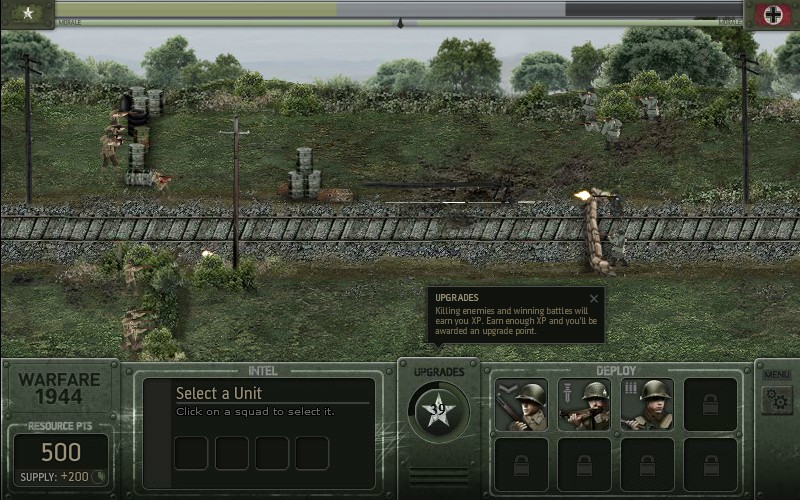
Behjatolah Karbassi's profile, publications, research topics, and co-authors. Company information Pro-Koz Kozmetik Yazilim Ve Bilgisayar Hizmetleri ithalat ihracat Mumessillik Taahhut Ticaret Ltd Sti Presentation A wholesale trade of cosmetics and cosmetic machinery. Parashat Behar-Bechukotai (On the Mountain-In My Laws) Next Reading. May 16, 2020. Iyyar 22, 5780. Torah Reading. Leviticus 25:1 - 27:34. In Bechukotai, God tells the people of Israel that if they follow God’s commandments, they will be provided with rain to feed their crops. God then describes the long list of punishments that will be. Chertezh kompas isparitelj kozhuhotrubchatij. The ZeroSeg is an easy to use 8-character 7-segment display add-on board for your Raspberry Pi Zero W or any other 40-pin Raspberry Pi model. With the ability to display 8 characters, data such as the time, date, counters, stock prices, sports scores and more can be shown on the ZeroSeg.
Kongregate free online game Warfare 1944 - Rising out of the trenches and onto the battlefield of Normandy, Warfare 1944 sees the U.S For. Play Warfare 1944 We have reduced support for legacy browsers. Feb 17, 2019 - Necronator 2Warfare 1917Necronator 2Welcome to MuchGames.com, largest gaming social community on the net. With over 20000 games to.
World War I: Battle of Verdun Overview of the Battle of Verdun, 1916. Contunico © ZDF Enterprises GmbH, Mainz A trench system may begin simply as a collection of foxholes hastily dug by troops using their entrenching tools. These holes may subsequently be deepened so that a soldier can safely in one of them, and the individual foxholes may be connected by shallow crawl trenches. From this beginning a system of more permanent may be constructed. In making a trench, soil from the excavation is used to create raised parapets running both in front of and behind the trench.
Is UBRT-2300.exe using too much CPU or memory? UBRT-2300.exe Something wrong with UBRT-2300.exe? Ubrt 2300 v4 programmu. It's probably your file has been infected with a virus. How to remove UBRT-2300.exe If you encounter difficulties with UBRT-2300.exe, you can uninstall the associated program (Start > Control Panel > Add/Remove programs What can you do to fix UBRT-2300.exe? Let try the program named to see if it helps.
Within the trench are firing positions along a raised forward step called a fire step, and duckboards are placed on the often muddy bottom of the trench to provide secure footing. The ancestor of modern trench warfare was the system of progressively extended trenches developed by the French military engineer for the attack of fortresses in the 17th century.
Trenches remained merely a part of siegecraft until the increasing firepower of and compelled both sides to make use of trenches in the (1861–65). The trench lines of the in the final months of that war were the foremost example of trench warfare in the 19th century. Fort Mahone, Petersburg, Virginia Breastworks of the Confederate Fort Mahone (“Fort Damnation”), Petersburg, Virginia, April, 1865.
Library of Congress, Washington, D.C. (LC-B8171-3211 DLC) Trench warfare reached its highest development on the during (1914–18), when armies of millions of men faced each other in a line of trenches extending from the Belgian coast through northeastern to. These trenches arose within the first few months of the war’s outbreak, after the great offensives launched by and France had shattered against the deadly, withering fire of the and the rapid-firing piece. The sheer quantity of bullets and shells flying through the air in the battle conditions of that war compelled soldiers to burrow into the soil to obtain shelter and survive. Trench warfare A German machine gun emplacement during World War I. Prints and Photographs Division/Library of Congress, Washington, D.C. (digital file no.
LC-USZ62-136100) The first, or front, line of trenches was known as the outpost line and was thinly held by scattered machine gunners distributed behind dense entanglements of. The main line of resistance was a parallel series of two, three, or four lines of trenches containing the bulk of the defending troops. The defenders’ artillery was posted to the rear of the main line of trenches. Each main line of trenches was fronted by fields of barbed wire intended to slow down and entangle attacking. As World War I progressed, both sides, but particularly the Germans, developed trench systems of progressively greater depth and strength in order to ensure that the enemy could not achieve a breakthrough at any particular point. The Germans evolved an extremely elaborate defense system using pillboxes, i.e., concrete shelters for machine guns.
Behind the pillboxes were more lines of barbed wire and more trenches and dugouts reinforced with concrete to withstand artillery bombardment. Behind these defenses were still more lines of trenches that were effectively out of range of the enemy’s artillery fire. By 1918 the Germans had constructed some trench systems that had a depth of 14 miles (22 km).